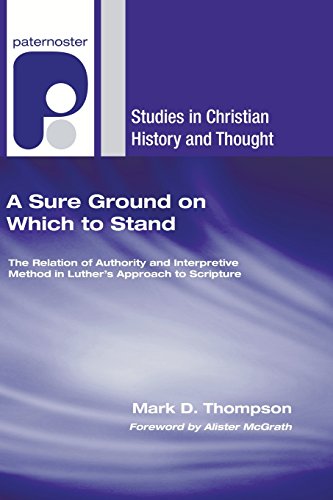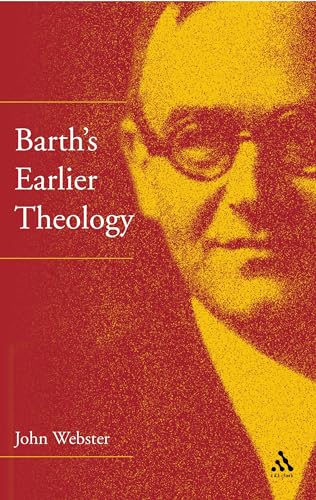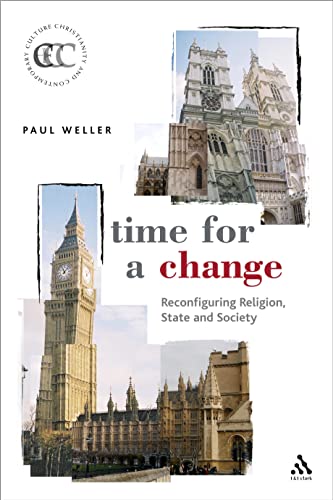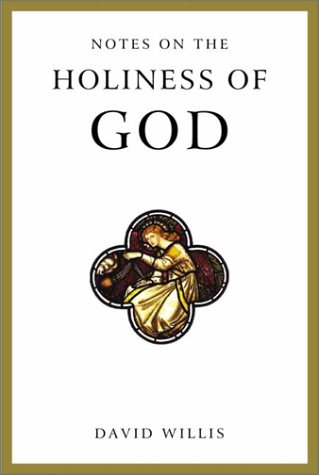The Birth Of Christianity: The First Twenty Years
Written by Paul Barnett Reviewed By Timothy GombisOne of the most critical issues for contemporary Christian scholars is coming to grips with the development of early Christianity. This has become a particularly pressing need in the present generation as new questions have been raised at several levels, not least on the popular front with the world-wide success of the novel The Da Vinci Code and then with the inevitable release of the film version. While the book and film are not meant as substantive critiques or challenges beyond the aim of entertainment, these have given compulsion to more sceptical scholarly proposals for the development of early Christianity, seeming to raise the stakes in the discussion out of all proportion. More serious proposed scenarios like those of Crossan, Casey, and Ehrman demand a response and this is what is provided in the present work.
Paul Barnett’s volume on the first twenty years of the Christian movement after the death of Jesus is written from a conservative perspective and sets itself over against the work of Crossan. Barnett begins by briefly surveying other approaches to the development of early Christianity, each of which rejects a straightforward reading of the canonical account(s) of Jesus as a miracle-working messianic figure. He then lays out his own approach which ties together the development of Christianity with Christology. This he views as inseparable. In Barnett’s words the attempts to get behind the history of early Christianity that we have in the Book of Acts and the rest of New Testament documents in order to provide sociological or psychological explanations are, ‘doomed to failure’. This is because it is Christ, or Christological conviction, that ‘was the engine that drove early Christianity’ (8).
Barnett then spends several chapters laying some methodological foundations for his project. In the second chapter he admits his sympathetic standpoint with the material he covers as a creedal believer in Jesus Christ and makes a plausible argument that empathy and objectivity are not mutually exclusive. He then discusses his general approach, relating the material of the original sources for his work—largely the New Testament texts—to contemporary historical materials, noting the difficulty of discussing relatively ‘marginal’ movements and events that didn’t make an immediately large impact in the Roman world.
The strength of Barnett’s work lies in its being an accessible work for beginning or intermediate students or readers looking for answers to challenges they’ve found in the work of scholars such as Ehrman or Crossan. Barnett does not get bogged down in any of his discussions. He keeps the flow of thought clicking along while making sure he covers various issues thoroughly, using footnotes judiciously. His discussion of ‘Q’ in chapter 12 is an excellent example, providing an explanation of the issue for readers unfamiliar with the place of this proposed source in early Christianity while also providing a compelling critique of the work of those who want to make ‘Q’ a sort of intermediate stage of Christian teaching that looks altogether unlike what we find in the canonical gospels.
Several appendices close the volume, covering issues such as the dating of Galatians, history and geography of Acts and a more focused set of reflections on the work of Crossan. Barnett’s volume—part of his larger project on the Christian movement following the death and resurrection of Jesus—is bound to become an excellent resource for Christians looking for a judicious, scholarly, and fair treatment of the history of early Christianity.
Timothy Gombis
Cedarville University







